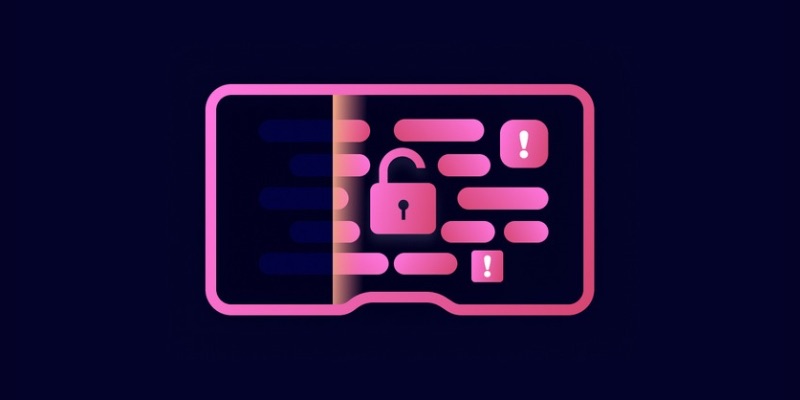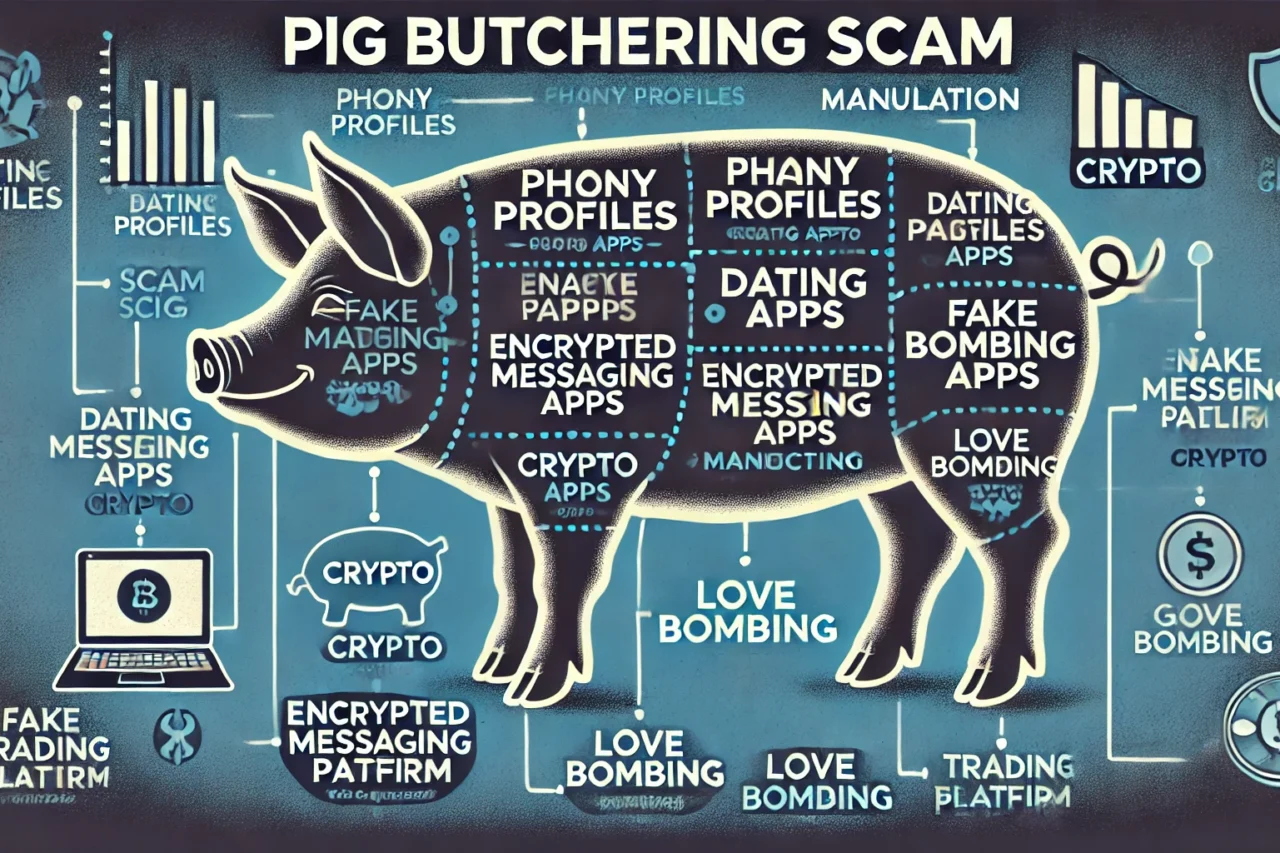Getting Started with SIEM Software Beginner’s Guide
April 24, 2023, 5 min read
Cyberattacks on the information technology systems of businesses of all sizes and in all parts of the world are an ever-present danger. To keep employees and assets safe and stay one step ahead of would-be attackers, businesses must consistently increase security measures and work to minimize weak points. Never resting on one’s laurels regarding security is a daunting task.
Security Information and Event Management (SIEM) software is essential for every organization. It helps to monitor and analyze security activities, detect threats, and quickly respond to incidents. For beginners, starting with SIEM software can be daunting. This guide provides a comprehensive overview of the basics of SIEM software, from setting up your environment to configuring the system for maximum efficiency. Adding security information and event management (SIEM) software to the arsenal could be helpful. But what is SIEM software, and why should security teams care about them? This SIEM Software Beginner’s Guide can be your answer.
What is the Meaning of SIEM?
SIEM security software, or Security Information and Event Management, systems meaning involves multi-faceted in their analysis and monitoring of security and auditing data. Correctly implementing these parts will aid a company in discovering and eliminating dangers. The following components make up a complete SIEM system.
The term “Security Information Management” (SIM) describes systems whose primary function is to gather, analyze, and manage information from various security-related data sources. Some examples of such devices are routers, firewalls, antivirus software, and DNS servers.
The systems called Security Event Management (SEM) proactively monitor and analyze security events, including data visualization, event correlation, and alert production.
When combined, these parts of SIEM software solutions can perform the following tasks in an automated fashion: collect data, process it, store it in one place, compare events, and provide reports and alerts.
When Talking About Network Security, What Does SIEM Mean?
These solutions are needed to comprehend and keep tabs on your network’s gadgets fully. It allows businesses to monitor and collect information on all internal processes. The primary benefit of this is in the detection of threats and the anticipation of security problems.
With this knowledge, businesses can shore up their defenses, pinpoint their vulnerabilities, and avoid impending security breaches.
What Role Does SIEM Play?
The software compiles data from everywhere in your digital world. These details are analyzed and sorted into distinct classes of instances.
SIEM tools use these as a starting point for spotting out-of-the-ordinary activity that may point to a hacking attempt or data breach. It helps businesses by providing detailed reports on their operations, health, and safety. When some tools detect suspicious activity, they may immediately respond with an automated message or security alert.
Why SIEM is Essential?
There will never be a moment of complete safety from cyberattacks and other network dangers. In recent years, attacks on our apps, infrastructure, and data have become more frequent and sophisticated, ranging from traditional phishing and malware attacks to advanced coin mining, ransomware, and zero-day attacks. As the sophistication of cybercriminals rises, many successful attempts go undetected for weeks or months. An efficient threat detection system and stringent network monitoring can help fend off such assaults. Data aggregation and event correlation are now essential to our ability to keep up the good fight from several fronts.
Governments worldwide are strengthening compliance regulations to protect citizens’ data, placing the burden on developers to create a bulletproof, fully compliant solution. To guarantee compliance with these standards, you must implement specific security controls, including monitoring, threat detection, and response, auditing, and reporting. All of this becomes more accessible with a SIEM system.
How do SIEM Tools Function?
A SIEM solution is a data consolidation tool that gathers events and logs data from host systems, security devices, and apps across an IT environment. After consolidating the data, we sample and evaluate a subset of it in real time, using predefined security rules. We categorize the results into malware activity, successful and unsuccessful login attempts, and other potentially harmful behaviors.
System alerts are generated if vulnerabilities are identified. Organizations can use predetermined guidelines to determine the priority order for these notifications. If a user account generates 100 failed login attempts in two minutes, the system will mark it as a high-priority event and send out an alert. Ten unsuccessful login attempts in ten minutes may be flagged as suspicious but at a lower priority. The first scenario could indicate a brute-force attack, while the second scenario may simply be due to user forgetfulness.
The Value of SIEM
Numerous advantages exist for improving an organization’s security posture with a comprehensive SIEM solution. Some of the advantages that are typically shared by various solutions are:
- Information and technology security from the perspective of the whole organization.
- Unifying data from security and log sources
- Log information produced in various formats is standardized.
- Log samples are checked against security policies to offer contextual information.
- The process of making your machine data searchable and indexable
- Maintain compliance with always-on monitoring.
- faster times for both identification and fixing problems
- Log data visualization for rapid detection of vulnerabilities, threats, and patterns
Tips for Choosing a SIEM Program
In addition to helping SecOps decrease attack surfaces and mitigate risks in IT settings, a SIEM system may speed up the detection and reaction to threats. It’s important to proceed cautiously when selecting a SIEM solution, despite its many advantages.
Evaluate your security needs and business goals first. Be sure to select a system that makes it easy to comply with several standards while providing adequate security for your business.
Consider the total cost of ownership (TCO) of the SIEM system under consideration. Long-term data storage may come with a hefty storage tax if the vendor’s licensing strategy doesn’t allow it. Check the fine print to ensure your seller permits saving data for an extended period without exorbitant charges.
Examine the SIEM solution’s analytical features. A SIEM solution must detect, correlate, and analyze both known and unknown aspects of your surroundings and data. Machine learning and artificial intelligence features are advantageous for any potential solution. Although still in their infancy, machine learning, and AI are crucial for the solution to autonomously learn threat patterns and adapt to new data without human intervention.
Consider the simplicity of incorporating the SIEM solution into your existing infrastructure and the extent to which automation can be implemented. For effectiveness, your SIEM solution must seamlessly integrate with your diverse and unique data sources and incident management systems.
Analyze how much time and money the possible solution will require. Don’t implement systems that will need specially trained personnel to run and manage.
Examine how well the solution can generate reports. A vital feature of any SIEM solution is presenting security-related data and events in a format humans can easily understand. Your team can use the data better if the solution provides various reporting options, including dashboards, visualization, graphing, and textual reporting.
Sum-Up
Information and IT infrastructure security is a moving target; no preparation, planning, tools, or procedures will ever be sufficient. A SIEM system is a worthwhile investment and addition to your security armory due to its many advantages. As a result, you may automate log monitoring, event correlation, pattern detection, alerting, and compliance data provisioning. If you’re in the market for a SIEM solution, prioritize options that let you do all these tasks from a unified dashboard.




























